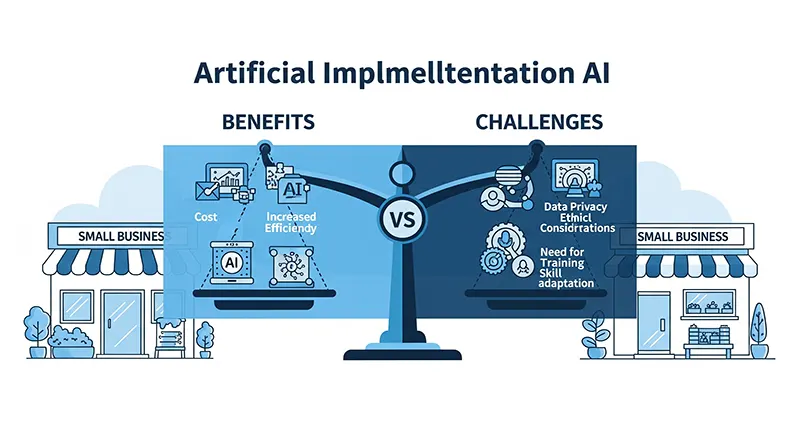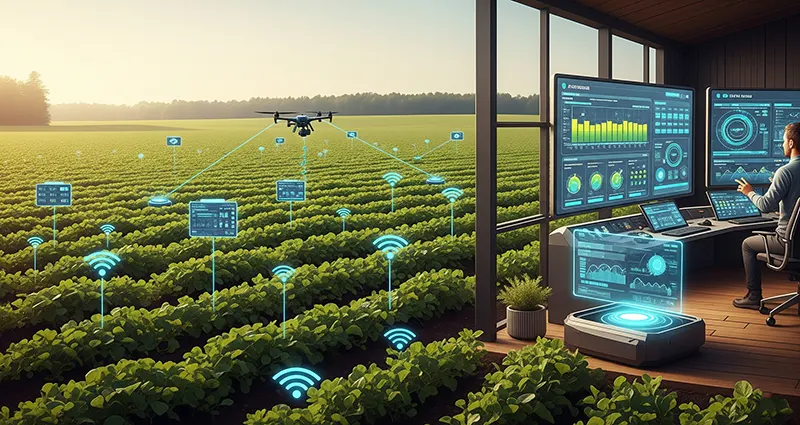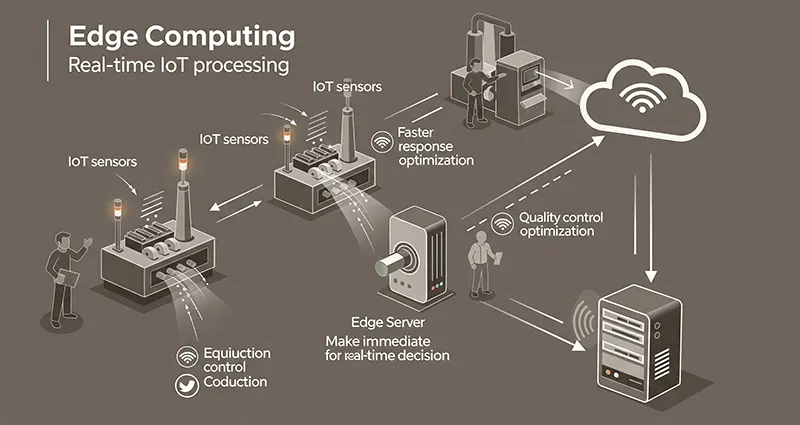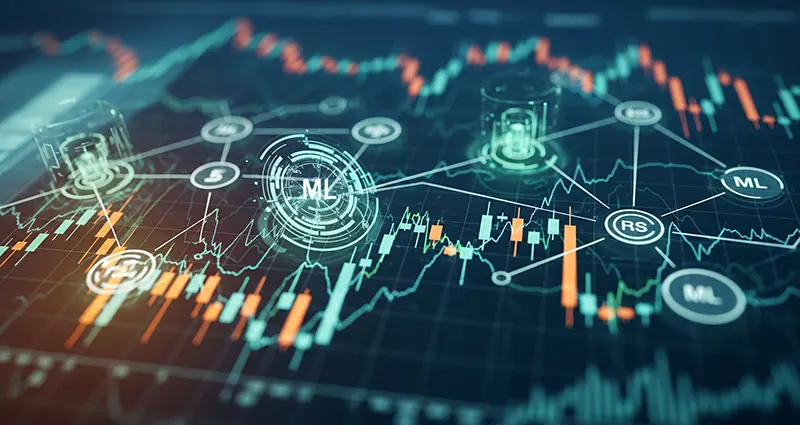Benefits and Challenges of Implementing AI in Small Businesses
Artificial Intelligence (AI) has emerged as a transformative technology that offers numerous benefits for businesses of all sizes, including small enterprises. While AI can streamline operations, improve efficiency, and drive growth, it also presents unique challenges that small businesses need to navigate. Let’s explore the benefits and challenges of implementing AI in small businesses.
Benefits of Implementing AI in Small Businesses:
1. Increased Efficiency:
AI-powered tools and systems can automate repetitive tasks, allowing small businesses to operate more efficiently and free up employees to focus on strategic initiatives.
2. Enhanced Decision-Making:
AI algorithms can analyze vast amounts of data quickly and provide valuable insights that can inform decision-making processes, helping small businesses make data-driven decisions.
3. Improved Customer Experience:
AI-powered chatbots and virtual assistants can provide round-the-clock customer support, personalize interactions, and enhance the overall customer experience for small businesses.
4. Cost Savings:
By automating tasks and improving operational efficiency, … Read the rest
The Future of Farming: How IoT is Revolutionizing Crop Monitoring in Precision Agriculture
The agricultural landscape is undergoing a significant transformation, driven by the integration of cutting-edge technologies. Among these, the Internet of Things (IoT) stands out as a pivotal force, ushering in an era of “precision agriculture” that promises increased efficiency, reduced waste, and enhanced sustainability. At the heart of this revolution lies the ability of IoT devices to provide real-time, granular data for comprehensive crop monitoring, empowering farmers with unprecedented insights into their fields.
What is Precision Agriculture?
Precision agriculture is a data-driven approach that optimizes agricultural inputs and practices to maximize crop yield and minimize resource waste. It moves away from traditional, uniform farming methods, instead tailoring agronomic techniques to the specific needs of individual fields, crops, or even plants. This customization is made possible by the continuous flow of data collected through IoT devices.
Key Applications of IoT in Crop Monitoring:
The applications of IoT in crop monitoring are … Read the rest
Explainable AI Techniques for Enhancing Model Transparency
Artificial Intelligence (AI) algorithms are rapidly being integrated into various facets of our lives, from personalized recommendations to autonomous vehicles. However, one of the significant challenges facing AI adoption is the lack of transparency in how these algorithms arrive at their decisions. In many cases, AI models operate as “black boxes,” making it difficult for users to understand why a particular decision was made. This opacity not only hinders trust in AI systems but also raises concerns around bias, accountability, and ethical considerations. To address these challenges, explainable AI techniques have emerged as a critical area of research and development, offering methodologies to enhance the transparency and interpretability of AI models.
Understanding the Importance of Model Transparency
In complex AI systems, such as neural networks and deep learning models, the inner workings of the algorithms can be highly intricate and convoluted. This complexity often results in a lack of transparency, … Read the rest
The Role of Edge Computing in Real-Time IoT Data Processing
In the age of Industry 4.0, the Internet of Things (IoT) has revolutionized the way data is generated, collected, and utilized across various domains, from manufacturing and healthcare to smart cities and transportation. As the volume of IoT-generated data continues to soar, the need for real-time processing and analysis has become paramount. This is where edge computing emerges as a critical enabler, offering decentralized data processing capabilities that are essential for fulfilling the requirements of real-time IoT applications.
Understanding Edge Computing
At its core, edge computing involves processing and analyzing data closer to the source of generation, typically at or near the “edge” of the network, rather than relying solely on centralized cloud-based systems. This decentralized approach brings computation and storage capabilities closer to IoT devices, allowing for faster data processing, reduced latency, and enhanced responsiveness.
Real-Time Data Processing
One of the primary roles of edge computing in the IoT … Read the rest
The Impact of Machine Learning Algorithms on Financial Market Predictions
In recent years, the rapid advancement of machine learning algorithms has had a profound impact on various industries, particularly the financial sector. With the ability to analyze vast amounts of data and detect complex patterns, machine learning has revolutionized the way financial market predictions are made, leading to more accurate insights and informed decision-making.
Enhanced Predictive Capabilities
Machine learning algorithms have introduced a paradigm shift in the field of financial market predictions. Traditional methods often relied on statistical models and historical data, which may not have accounted for the dynamic and nonlinear nature of financial markets. In contrast, machine learning excels in handling large, diverse datasets and identifying intricate relationships between variables, enabling more accurate predictions of market trends, asset prices, and risk assessments.
Improved Risk Management
One of the key benefits of leveraging machine learning in financial market predictions is the enhancement of risk management strategies. By analyzing historical … Read the rest












